cyclops222
Captain
- Joined
- Mar 21, 2024
- Messages
- 3,161
Must be camera and lighting. Did you check and adjust all the sparkplug gaps to specification ?

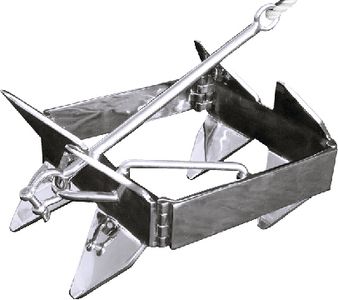

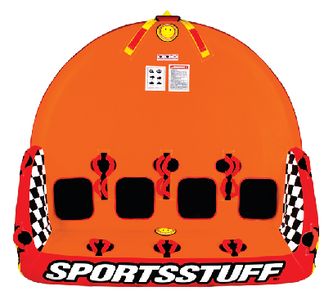
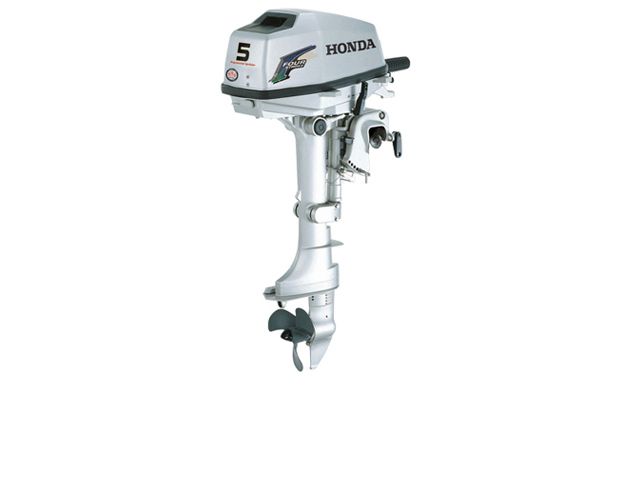
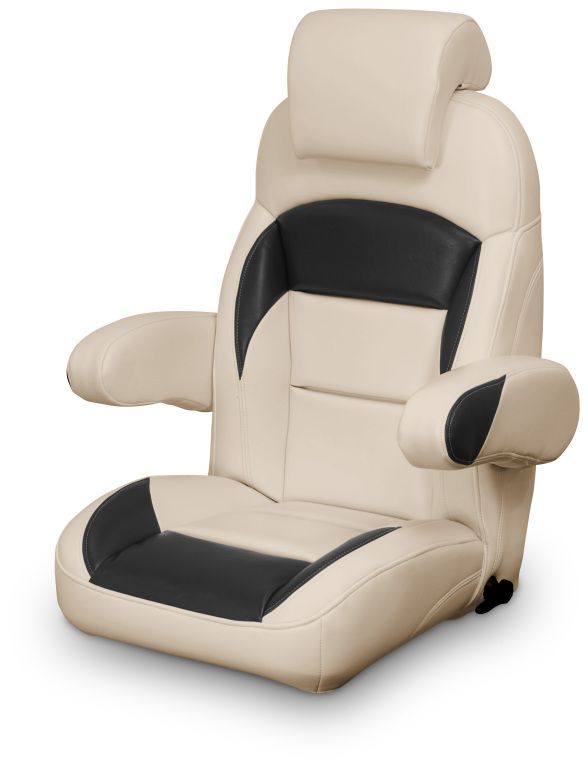
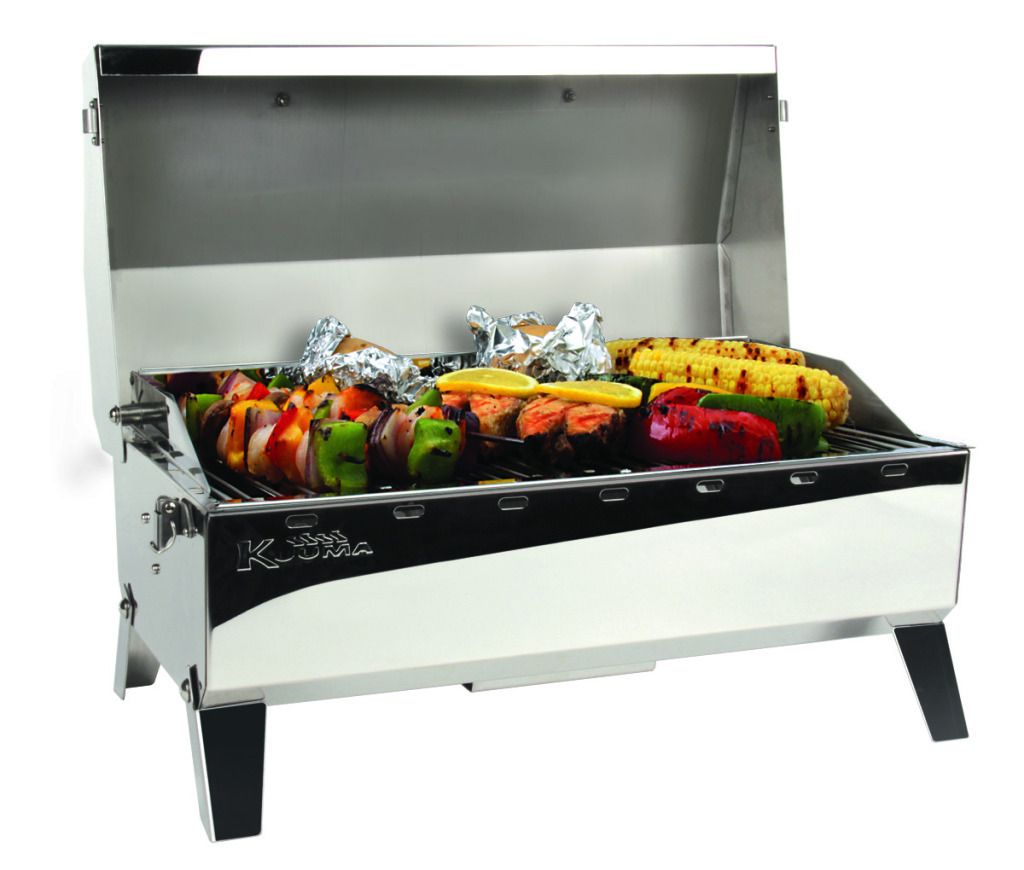

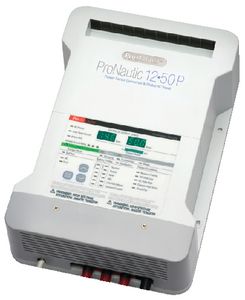
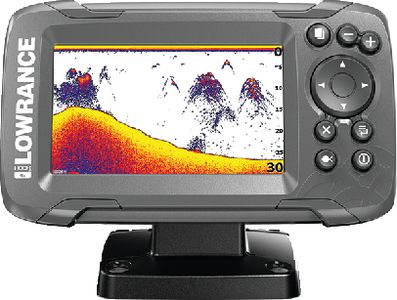
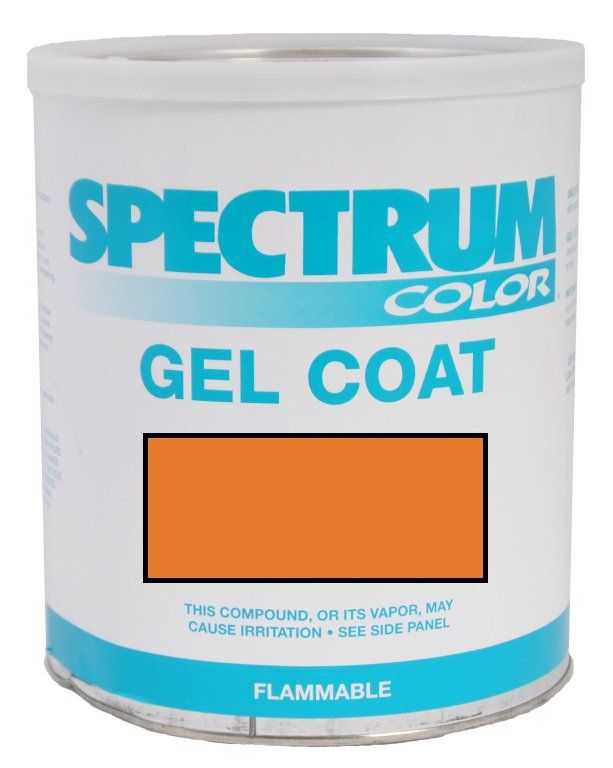
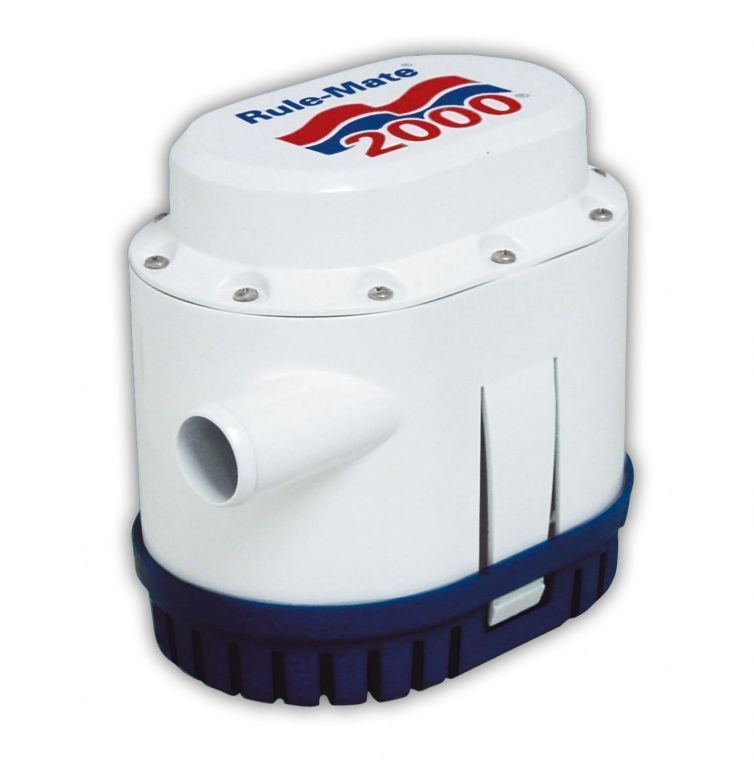
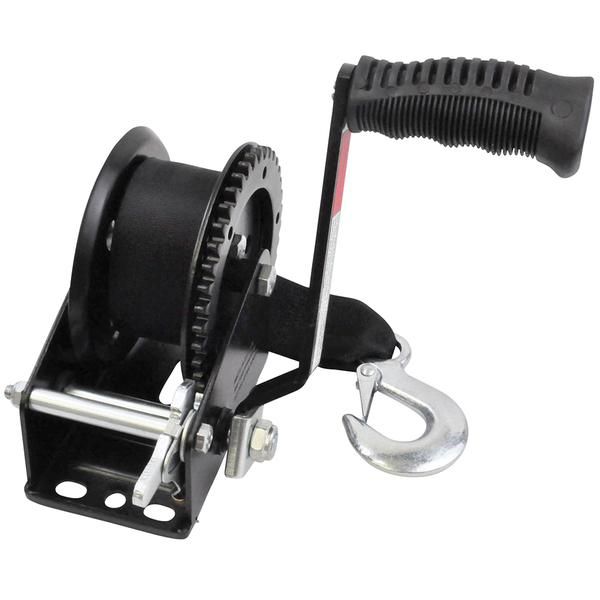
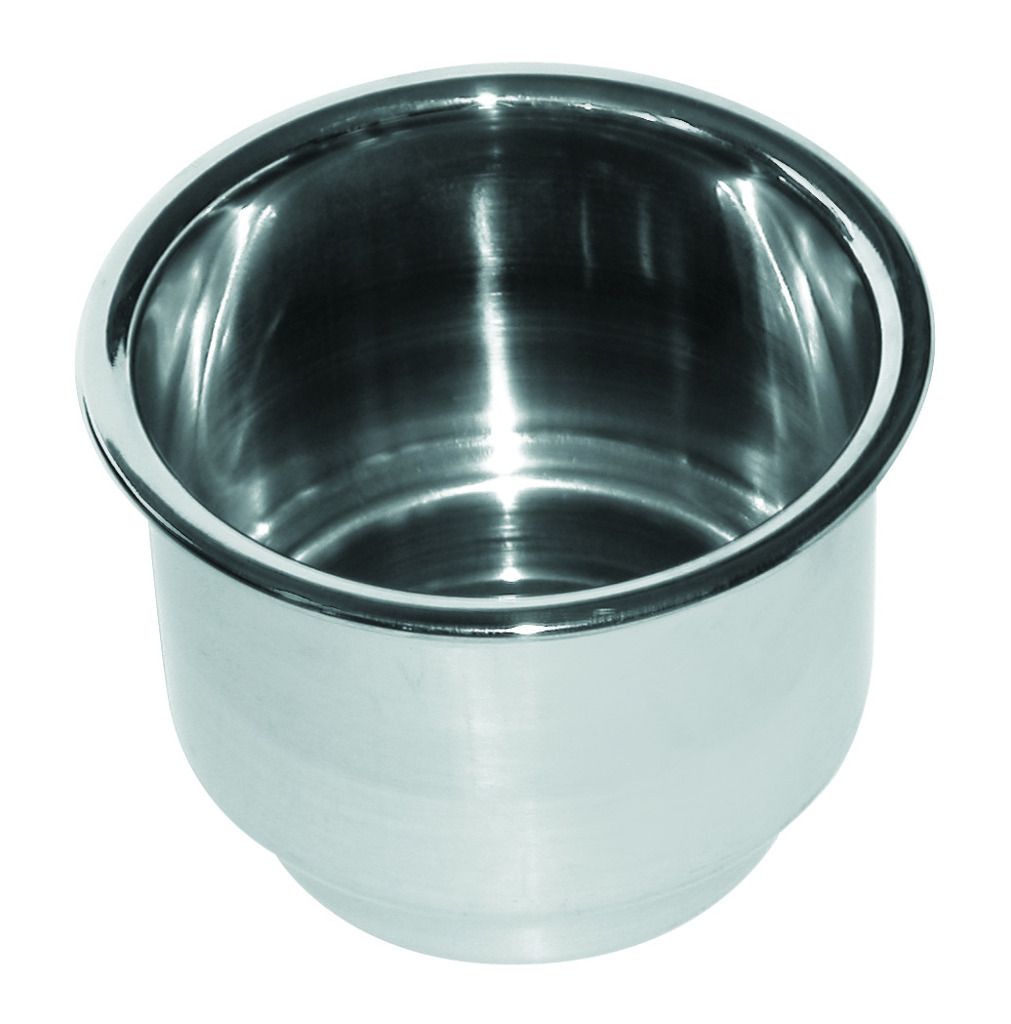

I see the one speck. Looking again it looks like it may just be noise from the camera. It just caught my eye first go around though.Can you describe what it is you are seeing that indicates detonation on #4? I can see one blurry black spec if i zoom in really close, but doesn't look like "peppering" to me.
The insulators are white, as Scott mentioned I would expect them to be cream color.Can you pls explain why you think this? Would you expect more carbon buildup after only one hour of runtime?
Yes sir, gapped to spec.Must be camera and lighting. Did you check and adjust all the sparkplug gaps to specification ?
The motor seems to be running very well. Fires right up, idle is solid, and spins up smooth. The one motor issue I know I have is the timing advance at 3000+ rpm is 4* less than called for in the manual (base and initial timing are correct). New ignition module is on the way which will hopefully resolve that.where's the sticky for the compression specs supposedly in here ?
Here's a guy from 2010 getting similar results and yet being told 150 psi. should be maximum.......confusing.
Now I'm curious myself, I want to know.
To the OP: just how well is that motor running? Does the starter struggle to start the motor? I try to use common sense and if 150psi is the max normal, and 180-190 is way too high and that is usually caused by "fluid" getting into the cylinders, then that motor should be running like crap.
Just curious,
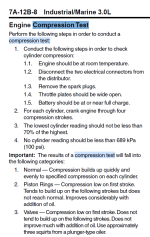
Although I'm still fairly new to this motor and learning it, my understanding is that the technology is pretty basic from the late 90's, despite being a 2015 production year. My understanding is that there is no knock sensor (and I have not audibly observed knock either). This is a carbureted motor, not EFI, and therefore also no computer. My reading on the function of the distributor, which is HEI (not points), is that the ignition module within the distributor electronically controls the timing advance curve (and there is no vacuum advance either on marine applications).well...here's this, So, carbon buildup in the cylinder/head could cause abnormal high psi's.,....is your engine showing signs of pre-ignition/detonation?
And, is there a "knock" sensor on these motors like a modern car's motor?
If so, could that be the reason timing shows retarded at higher rpms?
2015, does that motor have an ECM that can be scanned for trouble codes?
just curious....trying to make the puzzle pieces fit.
from the 90's no - the 3.0 is a descendant of the 153 cid /2.5 l that debuted in the 1962 chevy II (aka nova)...Although I'm still fairly new to this motor and learning it, my understanding is that the technology is pretty basic from the late 90's, despite being a 2015 production year. My understanding is that there is no knock sensor (and I have not audibly observed knock either). This is a carbureted motor, not EFI, and therefore also no computer. My reading on the function of the distributor, which is HEI (not points), is that the ignition module within the distributor electronically controls the timing advance curve (and there is no vacuum advance either on marine applications).
I compared the compression tester gauge on my air compressor to another gauge at 150 psi and both were within 2-3 lbs of each other, so it appears to be fairly accurate.from the 90's no - the 3.0 is a descendant of the 153 cid /2.5 l that debuted in the 1962 chevy II (aka nova)...
Before you get too worked up check you compression tester vs another gauge. the 3.0 I believe is 9.0 or 9.4:1 hence the 150 psi cranking pressure, older higher compression engines (10.25 or 10.75:1) will be in the 185-200 range. So unless someone milled the head excessively there is water in ther ... or the gauge is way off.
You can run seam foam or berrymans down the carb to stalling or put it in the plug hole to remove deposists but I think you may be chasing a red herring unless the gauge is verified.
As an example on my 65 GTO (pontiac 389) to lower the compression from 10.5:1 to 9.25 I need to put a 25 cc dished piston in to add enough volume to the combustion chamber to increase so to lift the compression number that much you would have to reduce the chamber volume by like 10-15 cc
I would strongly don't start going down yet another rabbit hole, the thread has gone from not enough advance to all kinds of other areasall that's left, then, is to scope the cylinders....and revisit the type of pistons (domed maybe?) ....was there a performance head available?
What octane fuel are you running?
question...can a motor run as good as you say with water infiltration as mentioned?
this is excellent advice !I would strongly don't start going down yet another rabbit hole, the thread has gone from not enough advance to all kinds of other areas
There is to much compression but that so far has not shown it's the problem, just noting of a possible issue.
Suggest; go back to the prop first and change it and see how it preforms. Then advance timing by 2 to no more then 4* to see what changes
Document the results and then if needed lets start chasing other areas
I'm with you on that. I expect the right prop will make a dramatic performance improvement, and hopefully the new ignition module will correct the timing advance. I'm probably going to perform a leak down test as well, mostly because the discoloration on the #2 plug has me wondering about the health of that cylinder. After testing a new prop, or maybe a few, my guess is I'll want to install trim tabs as well.this is excellent advice !
that is a good step wise approach.I'm with you on that. I expect the right prop will make a dramatic performance improvement, and hopefully the new ignition module will correct the timing advance. I'm probably going to perform a leak down test as well, mostly because the discoloration on the #2 plug has me wondering about the health of that cylinder. After testing a new prop, or maybe a few, my guess is I'll want to install trim tabs as well.
@Scott Danforth What prop brand/model did you run on your 15P 3 blade? All I can seem to find in a 14-1/2" diameter 15P 3 blade (and 4-3/4" gearcase) are some older Vengeance/Silverado SS props. I was hoping to find some aluminum props (due to lower cost, but also making the prop the sacrificial component on debris strikes) in this dimension, but can't seem to locate. Separately, I decided to order the reasonably priced 14-1/2" 19P 3 blade Black Diamond that I linked on post #27; which I'm guessing will be my "unloaded/high speed prop".All 3 blades.
Tried a 17p 4 blade, couldn't get out of the hole as fast as the 3 blade. Lugged the motor too much. Tried selling it for a while. Tossed it into the fire about 15 years ago